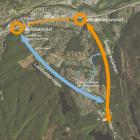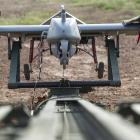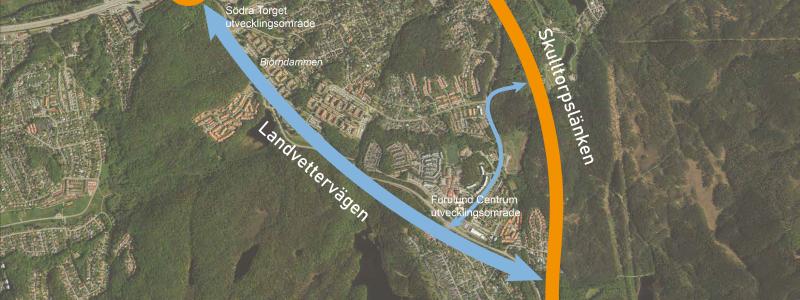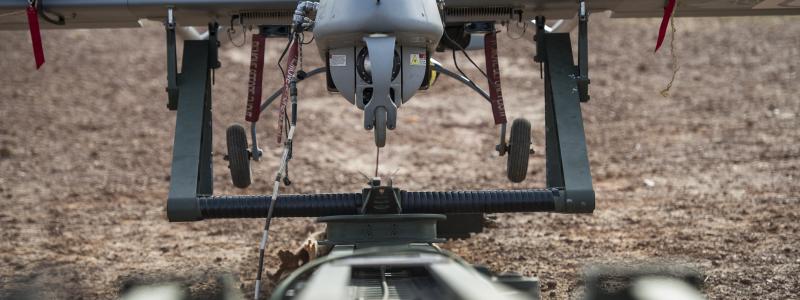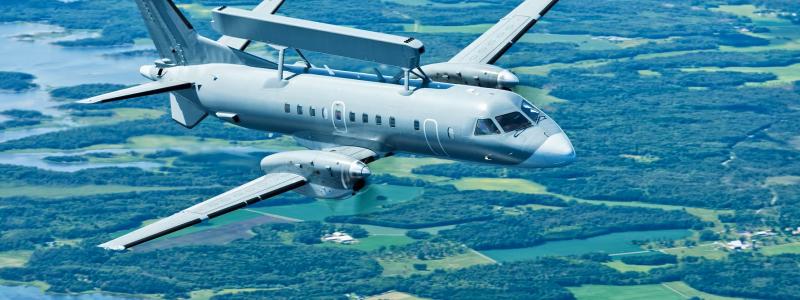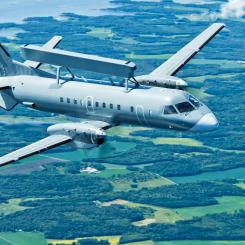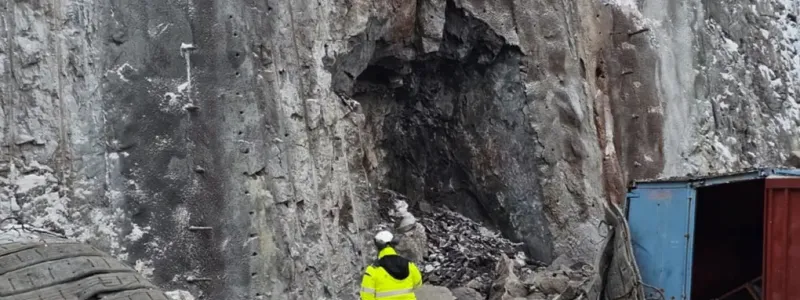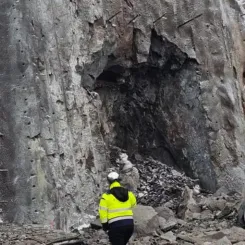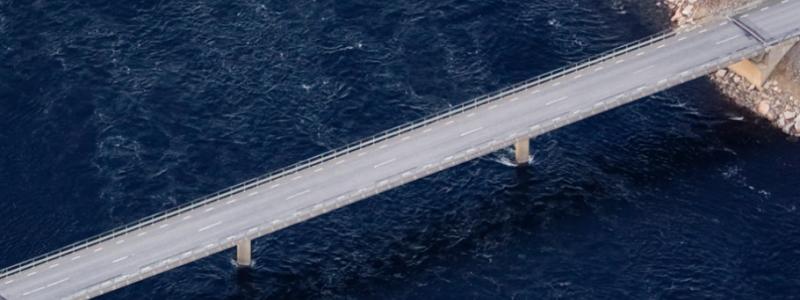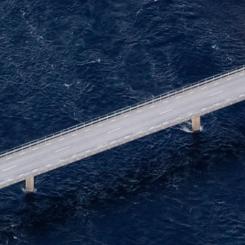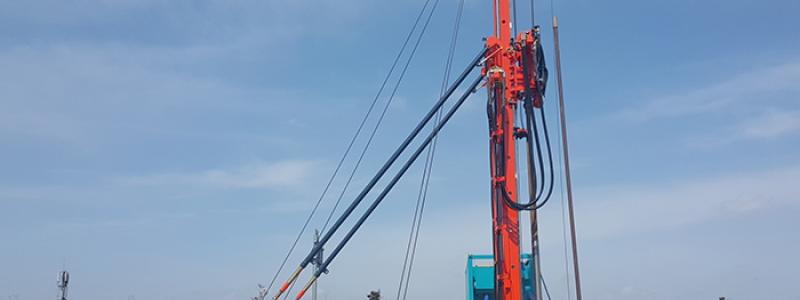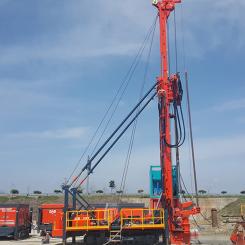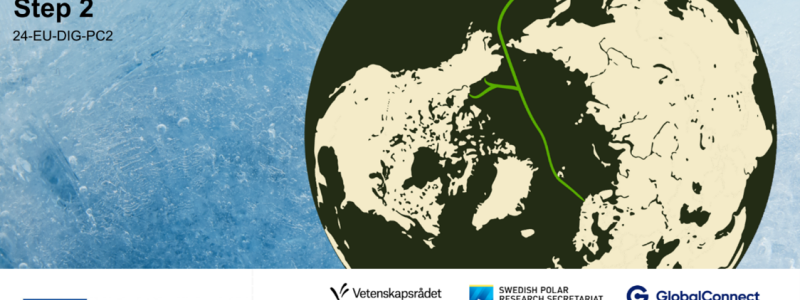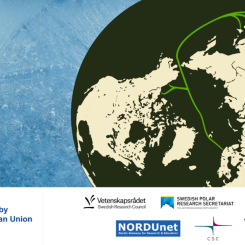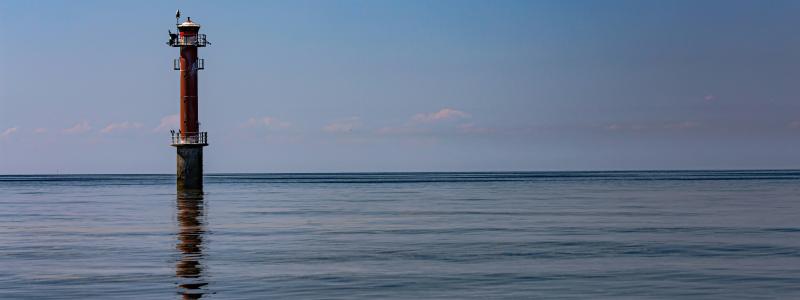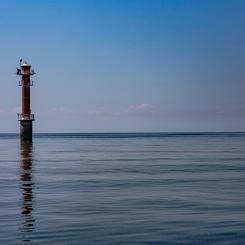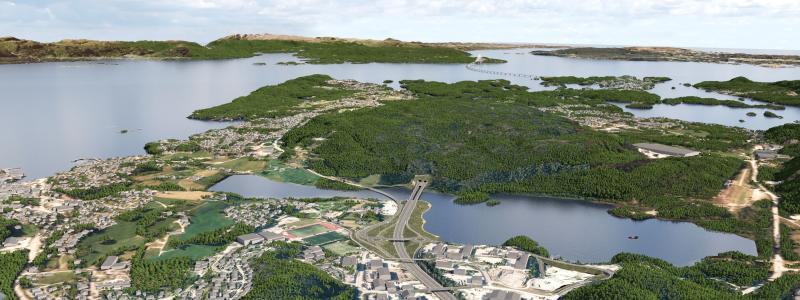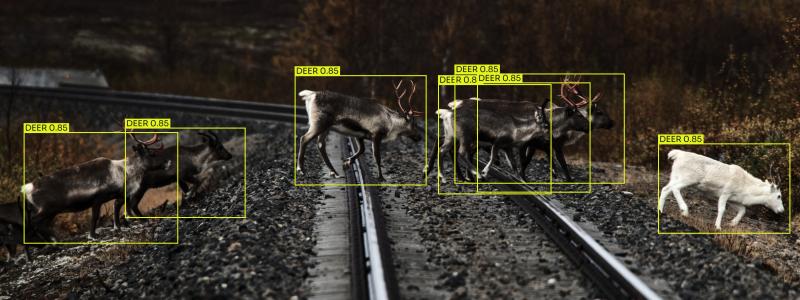Garmin International Inc., a unit of Garmin Ltd. (NASDAQ: GRMN), the global leader in satellite navigation, announced today that it will begin offering BirdsEye Satellite and Aerial Imagery, an annual subscription service that gives users the option of loading highly-detailed photo-based maps to select Garmin handheld navigators.
“Without a doubt, BirdsEye Satellite Imagery reinforces Garmin as the leader in outdoor cartography,” said Dan Bartel, Garmin’s vice president of worldwide sales. “Whatever the occasion, outdoor explorers can find the ideal Garmin handheld and accompanying maps to complement their specific requirements.”
BirdsEye Imagery is raster-based, meaning it is compiled using actual aerial photos and images that are scanned, geo-referenced and overlaid onto the handheld GPS receiver’s display. Unlike vector cartography, the resulting images depict actual buildings, vehicles, roads, trails, and land features found nearby – giving explorers a unique understanding of their surroundings.
The images are among the most highly-detailed available – offering 0.5 meter per pixel resolution in many areas of the United States. Users can also view imagery at every zoom level – from 12 miles to 20 feet – unlike other offerings that force users to stay at pre-determined zoom levels. BirdsEye Satellite Imagery also lets users overlay vector maps, to get a better idea of terrain contours and points of interest. The data is collected by DigitalGlobe, a leading global provider of commercial high-resolution world-imagery products and services.
“With today’s innovations in geospatial technology, having a true sense of ‘place’ is no longer a guessing game but a reality,” said Jill Smith, chairman and chief executive officer of DigitalGlobe. “Our industry-leading satellite constellation and aerial network allow us to collect the most current imagery that, when combined with Garmin’s devices, offers users an accurate picture of their environment wherever they are. We are excited about the possibilities that this opens up for users.”
In practice, BirdsEye Satellite Imagery can help make time afield more productive and enjoyable. Hunters can easily identify potential tree stand locations, draws, and natural game funnels. Hikers can quickly locate trailheads, campsites, and scenic vistas. Geocachers can better assess terrain difficulty and parking areas close to caches. Even tourists and travelers can navigate amusement parks or historical battlefields like never before.



